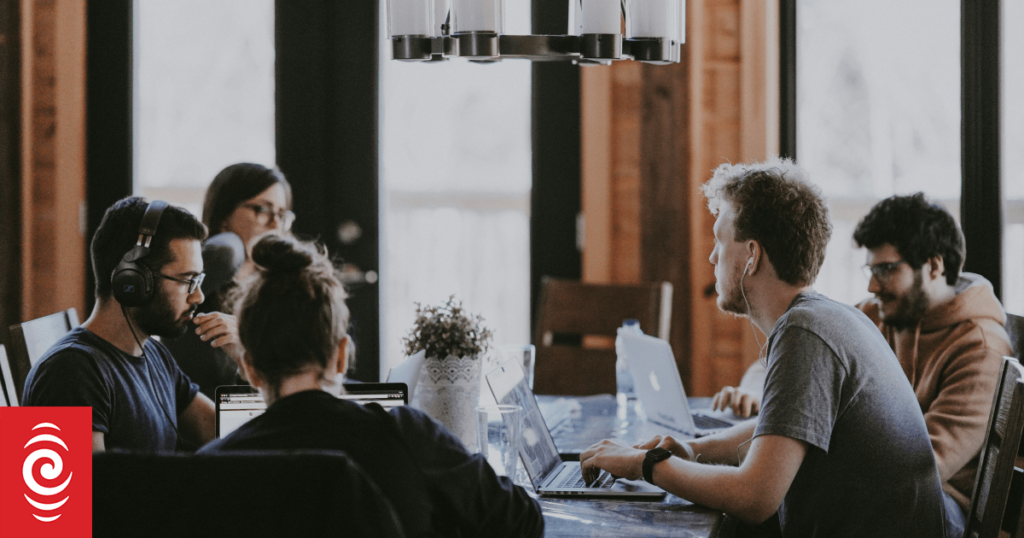
The optimal state means you are performing well, effective and engaged, says Daniel Goleman.
Photo: 123rf
Achieving a flow state at work is rare, temporary and it’s unclear how to achieve it – so it’s better to aim one tier lower, a US psychologist says.
American psychologist and author Daniel Goleman argues hitting a tier below flow state – what he calls optimal state – is more sustainable, and there are clear paths to achieving it.
Goleman made the concept of emotional intelligence popular in the 1990s with his internationally best-selling book on the subject.
In his latest book, Optimal, co-written with Cary Churniss, he lays out ways that you can manage your emotions to perform better at work.

Photo: Supplied by Penguin
The problem with flow is you can’t make it happen; Goleman tells RNZ’s Nine to Noon.
“It’s great when it does, because you’re at your best, you feel great, time collapses, you lose self-consciousness. But you know what? Try to make it happen day after day…. it’s not going to.”
The optimal state – which means you are performing well, effective and engaged – is much more sustainable, he says.
So how best to access the optimal state? Attention is key.
“Attention is a skill, and we can train it, we can get better at it,” he says.
However, societies such as New Zealand’s tend to encourage the opposite, he said.
“We have an economy, actually, which is built on inattention. It’s built on, the new version of the same old thing every season. And the new version is what actually perks up the brain and gets us to pay attention, but it’s temporary, and then we’re ready for the next thing.”
Through mindfulness, we can hone our ability to pay keen attention, he said.
“Things become much more interesting, much more fascinating. And actually, it’s a doorway into that optimal state.”
Achieving small wins, he said, is characteristic of the optimal state.
“When we say small wins, we’re talking about creative insight or getting something done that helps you toward a single step, toward a greater goal. And small wins turn out to be another characteristic of people in the optimal state: they make progress daily toward their big goal. Whatever it may be.”
The book drew on data gathered by the Harvard Business School, he says.
“It had hundreds and hundreds of people keep journals of their daily experience and how they felt, and it was through analysis of the journals, actually, that the optimal state emerged.”
There are certain building blocks, he observed, which are common to people who attain optimal state.
“It helps, for example, to have clear goals or clarity about what is expected of you and your particular job or your particular role.
“The key is the ability to pay close attention to what it is you’re doing at the moment, to the important thing, not to distractions.”
Mindfulness and meditation are powerful attention-training tools, he says.
“If you’re mindful of your breath, you’re told pay attention to your in-breath and your out-breath, and the next in-breath and the next out-breath.
“And when your mind wanders and you notice it wandered, bring it back to the next breath. Well, what are you doing? From a cognitive science point of view, you’re strengthening attention every time you bring your attention back to the next breath.”
It’s the brain equivalent of going to the gym and lifting a weight, he says.
“Every rep, every time you lift that weight, that muscle gets that much stronger. Same with the brain: every time you bring your mind back to that point of focus or to what’s going on now, you’re strengthening the brain circuitry for attention.”
Sign up for Ngā Pitopito Kōrero, a daily newsletter curated by our editors and delivered straight to your inbox every weekday.
